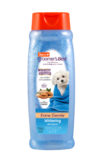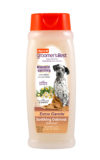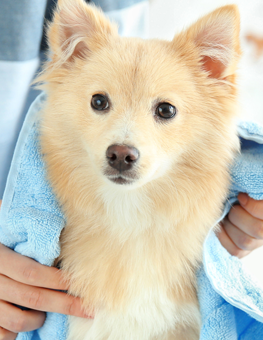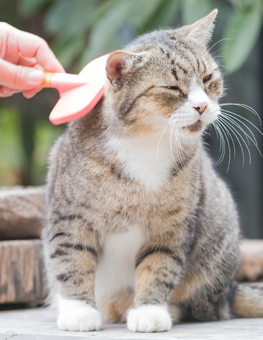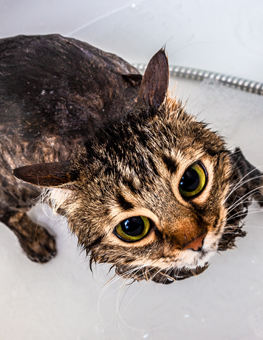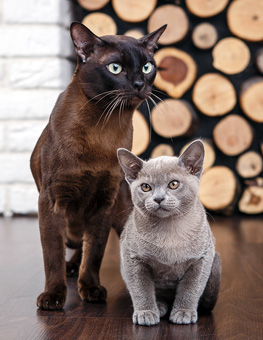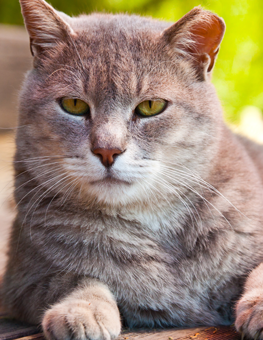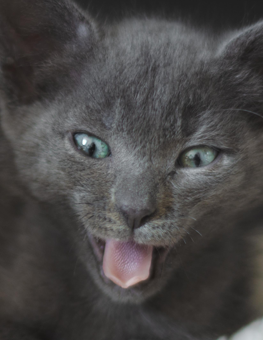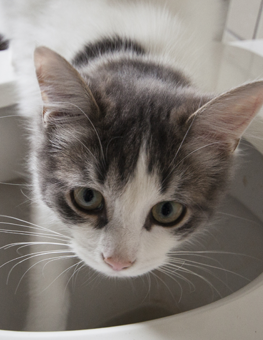Managing Cold Weather-Related Pet Dandruff
When the winter chill creeps in, home heating systems kick on, creating an environment that dries out the moisture in our skin and causes dry, flaky and sensitive spells.
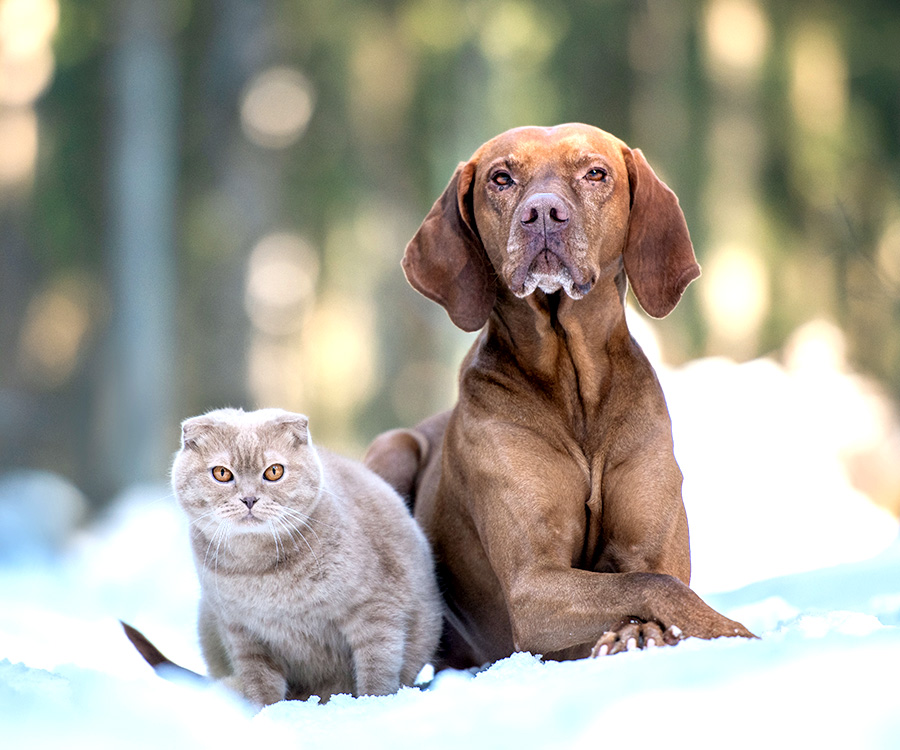

One of the main culprits behind dandruff in pets includes climate.
The same is true for our pets, which also experience winter skin discomfort. Here’s what you need to know about managing your cat's or dog’s dandruff to get through the itchy season without a hitch!
The Definition of Dandruff
Dandruff is characterized by dry skin cells that have flaked off from the skin’s surface and are now visible. Referred to as ‘seborrhea’ by veterinarians, dandruff is a naturally occurring cycle, as new skin cells replace old ones, which are then shed into the environment. During fall and winter months, dry skin can be uncomfortable, but completely normal if you start to notice flakes on your cat's or dog’s coat.
However, even if your four-legged friend’s dry skin appears to be caused by dry weather, it’s a good idea to speak with your veterinarian to ensure a more serious health issue is not lurking, especially if you notice the dandruff is accompanied by other abnormal symptoms.
The main culprits behind dandruff in pets include:
- Climate/weather
- Too much or too little grooming
- Allergies
- Parasites
- Poor nutrition
- Skin infections
- Hypothyroidism
- Cushing’s disease
Managing Dry Skin
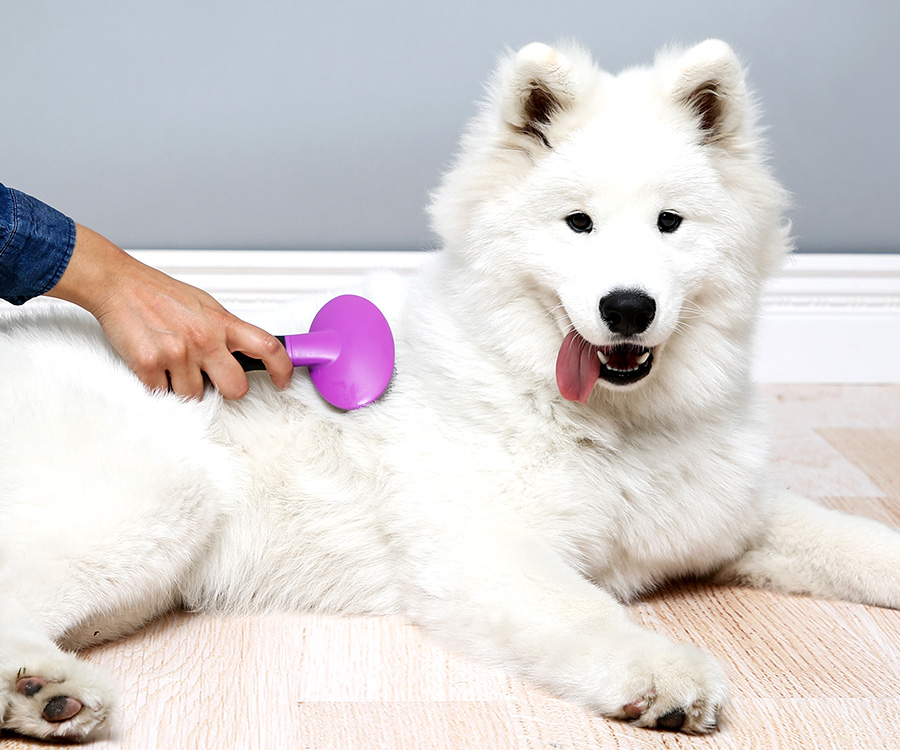

Brush your pet daily to remove skin flakes and loose hair.
Once certain that your cat's or dog’s dandruff is caused by a typical episode of dry skin, here are a few tips for managing the condition during cooler weather:
- Brush your pet daily to remove skin flakes and loose hair. Brushing helps to keep the coat shiny and healthy by distributing the skin’s natural oils, which act as a protective, moisturizing barrier.
- Because bathing can strip natural oils from your cat or dog’s skin, limit the amount of time in the tub. If it does become necessary to bathe your pet, reach for a moisturizing oatmeal shampoo or waterless formula. In addition, room temperature water will clean just as effectively as hot water without the harsh drying effects.
- Use a humidifier to add some moisture back into the air of your home.
- Check the ingredient label on your pet’s food for optimal levels of essential omega-3 and omega-6 fatty acids, which help maintain a healthy skin and coat. Always talk to your veterinarian before switching your pet’s diet.
- Make sure to have plenty of fresh water always available so your cat or dog can stay hydrated. Even mild dehydration can lead to dry skin. To encourage more intake during the winter, consider adding water or bone broth (look for pre-made ones that are appropriate for pets or make your own) to your pet’s food.
If your pet has seasonal dry skin, a few changes in grooming practices, plus adding more moisture into their environment and diet can help to alleviate the effects.



